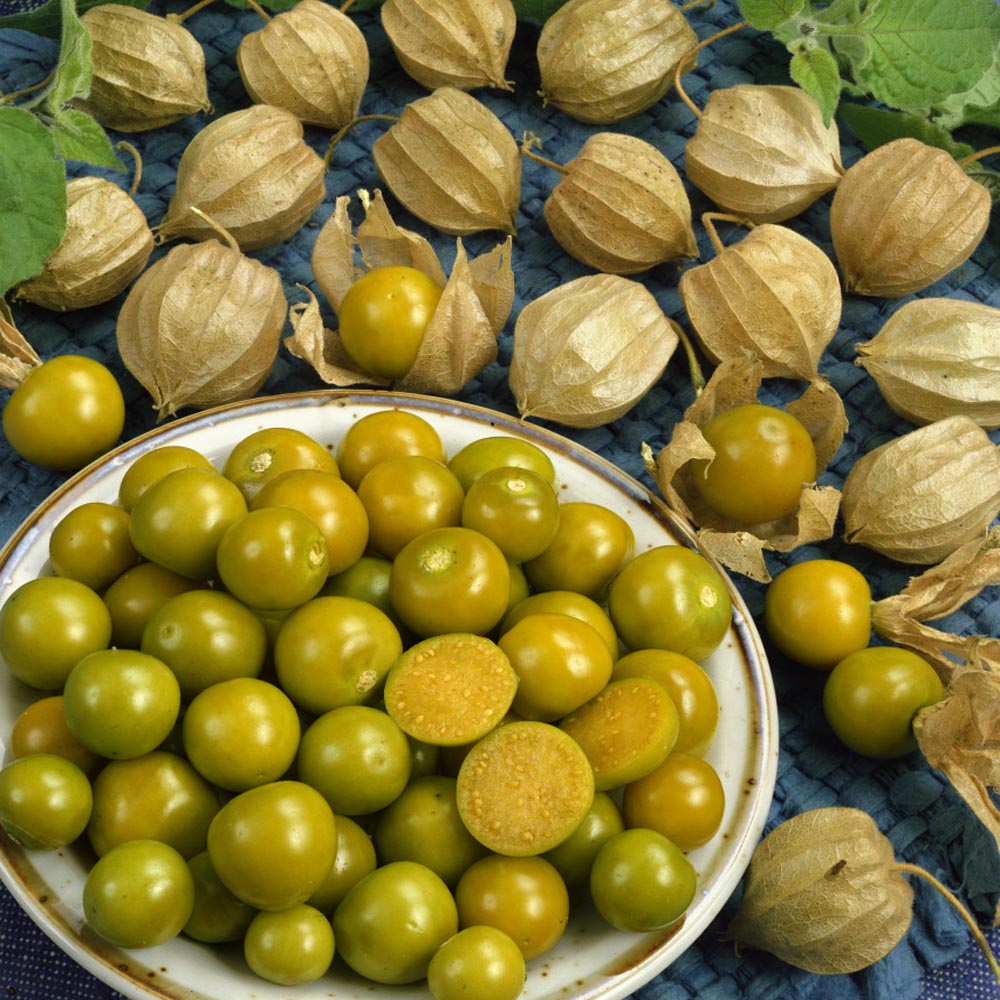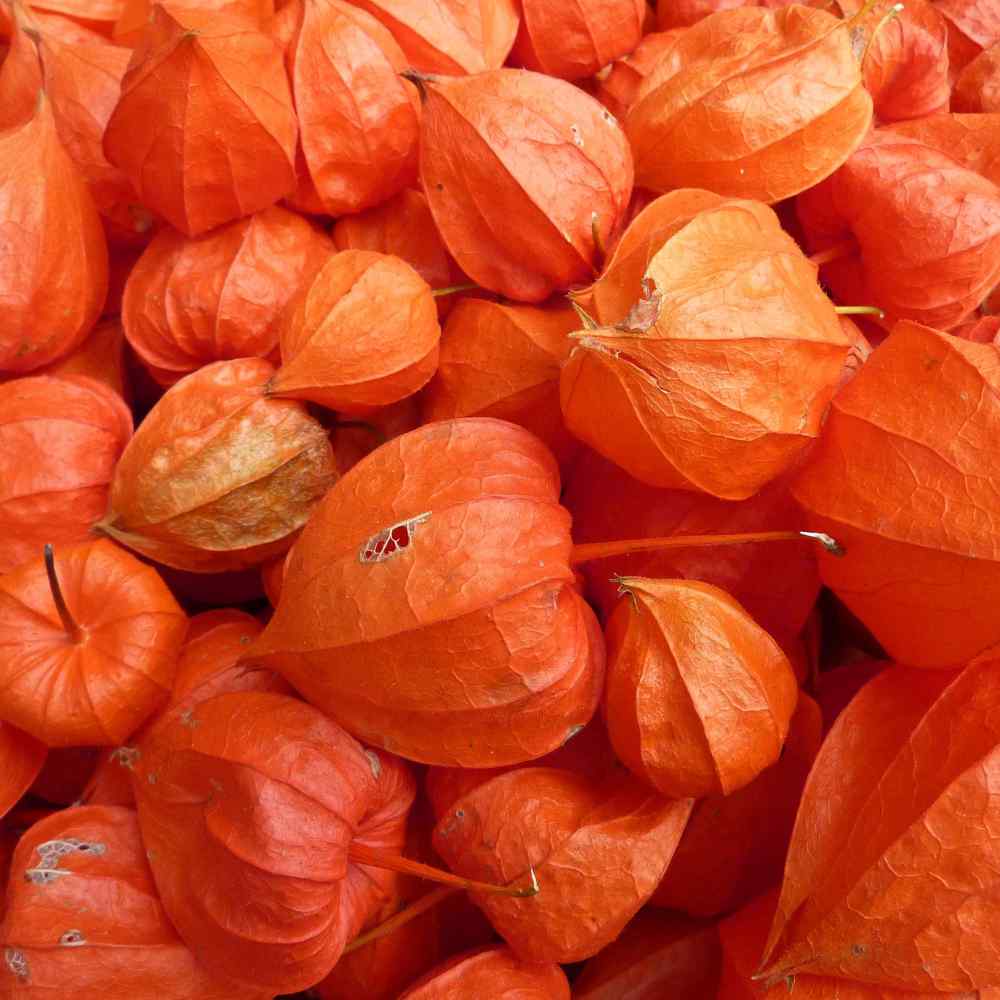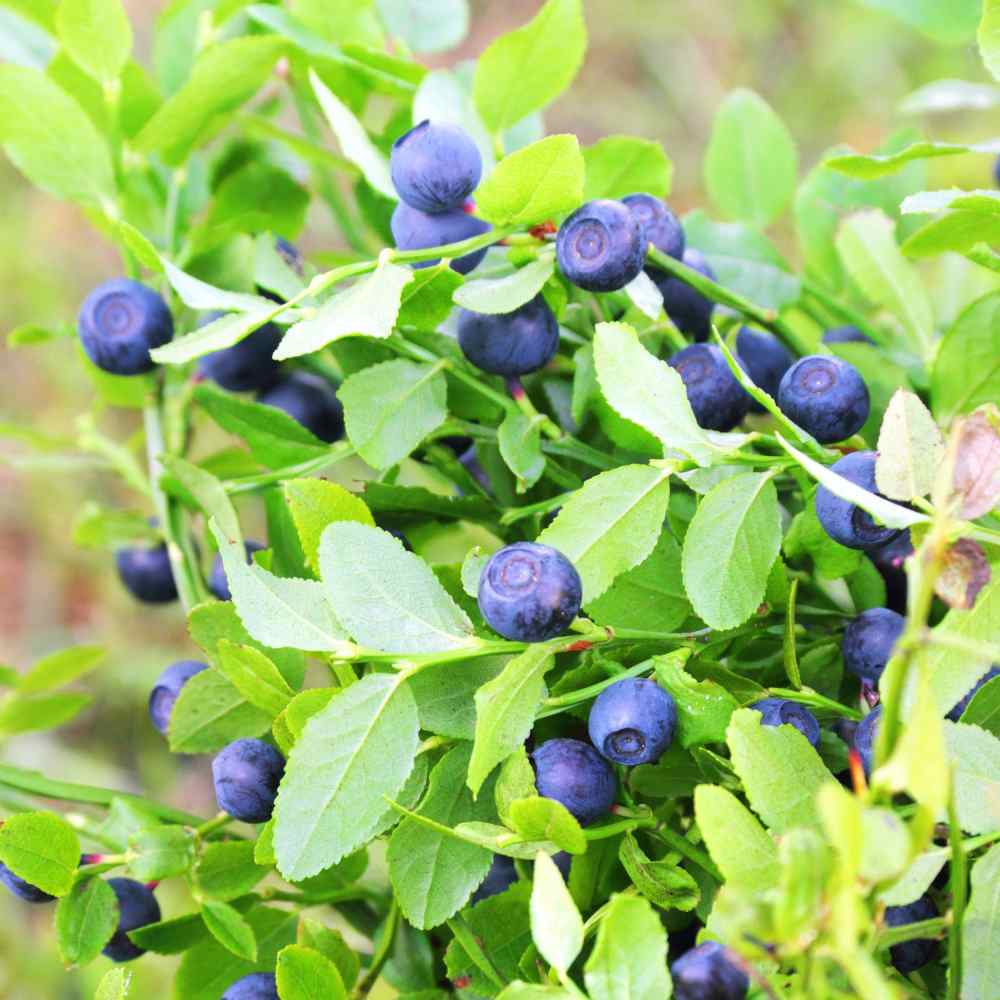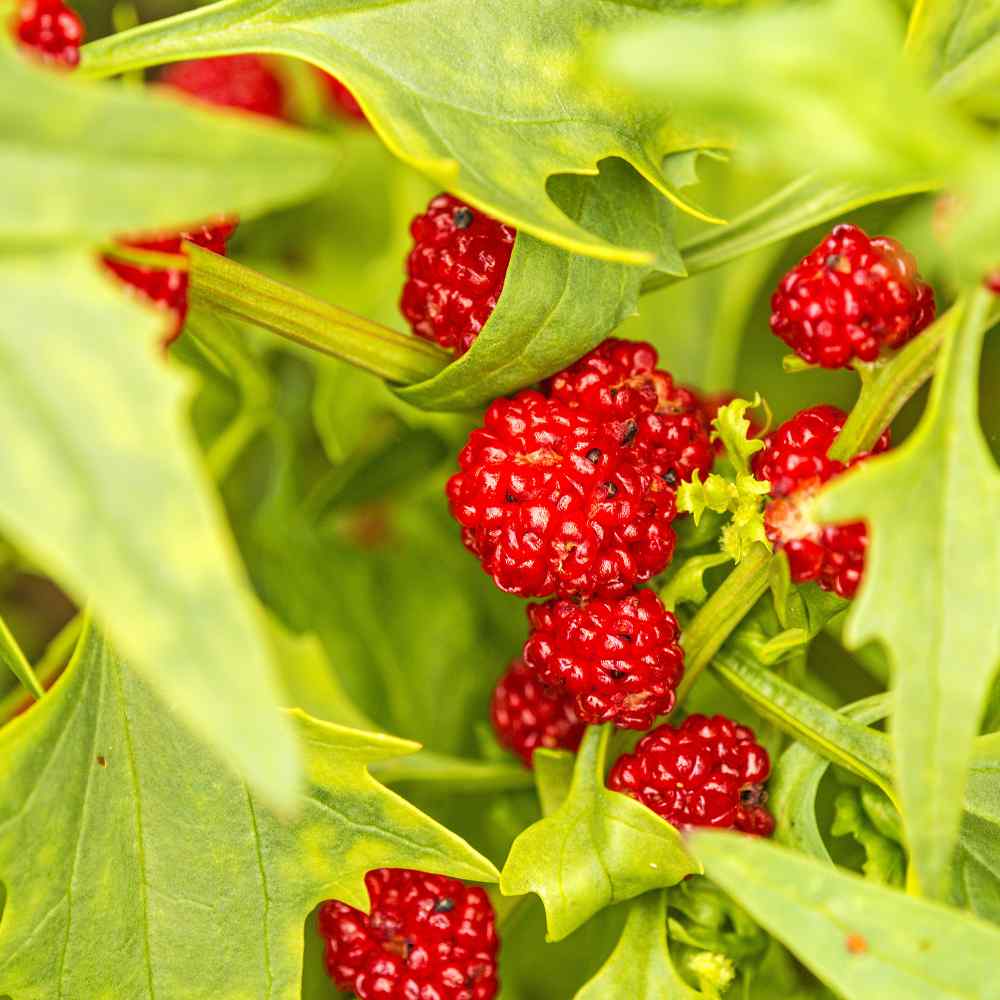
Cape Gooseberry Planting Guide
Quick Facts About Cape Gooseberry
Cape Gooseberry is known for its golden yellow, berries. You can use these fruits raw or cooked in pies, cakes, jellies, jams and as a raisin substitute also not as sweet. Goldenberry is considered to have a delicious bitter-sweet flavor. Cape gooseberries can flourish in a wide range of environments, from tropical to temperate climates, making them a fantastic addition to any garden area.
Planting Time
The plants can either be started by seed indoors about six to eight weeks before your projected last frost date in the spring or outdoors after the threat of frost has passed.

Planting Location
Plant in full sun to light shade with well-drained soil.
How to Plant Cape Gooseberry
- Sow indoors in rich organic seed starting mix 6 - 8 weeks before your last frost. You can also start directly in the garden after danger of frost has passed.
- Plant 3 seeds per plant and cover lightly with 1/16 inch of soil.
- Keep moist until germination at 75 degrees.
- Once seedlings sprout, ensure they receive plenty of light by placing them on a sunny windowsill or positioning them 3-4 inches below fluorescent plant lights that are switched on for 16 hours daily and off for 8 hours at night. Adjust the lights as the plants grow taller. Avoid using incandescent bulbs as they generate excessive heat. Remember, most plants need a period of darkness to thrive, so do not keep the lights on for 24 hours.
- Transplant into garden when temperatures are consistently warm (after tomatoes are set out).
- Before transplanting, seedlings need to be “hardened off”. Accustom young plants to outdoor conditions by moving them to a sheltered place outside for a week. Be sure to protect them from wind and hot sun at first. If frost threatens at night, cover or bring containers indoors, then take them out again in the morning. This hardening off process toughens the plant’s cell structure and reduces transplant shock and scalding.
- Space plants 18 inches apart in garden.

Care And Maintenance
- Maintain weed control throughout the growing season. Weeds can compete with plants for water, space, and nutrients, so it's essential to manage them by regular cultivation or by applying mulch to stop their seeds from sprouting.
- Mulches play a crucial role in retaining soil moisture and regulating soil temperatures consistently. When dealing with annual plants, using organic mulch made from shredded leaves can enhance the appearance of the bed naturally and enrich the soil as it decomposes over time. Remember to avoid placing mulch directly against a plant's stems to avoid potential rot issues.
- For optimal growth, plants typically require around 1 inch of rain per week throughout the growing season. Aim to water every other day or when the top of the soil feels dry to the touch.
- Fertilize with a balanced organic fertilizer every four weeks from transplanting outside or germination if grown inside.
- The primary pests that commonly impact cape gooseberries are aphids and spider mites. To prevent infestations, make sure to check your plants regularly for any indications like yellowing leaves or webbing on the stems. In case of early detection, you can address these issues by using insecticidal soap spray as directed for optimal effectiveness.
- The fruits should ripen approximately three months after being planted. When they reach full maturity, they will exhibit a golden brown hue, indicating they are ready to be harvested. To preserve them, store the fruits in a well-ventilated container in a cupboard, away from direct sunlight, and refrigerate until they are ready to be used.




































